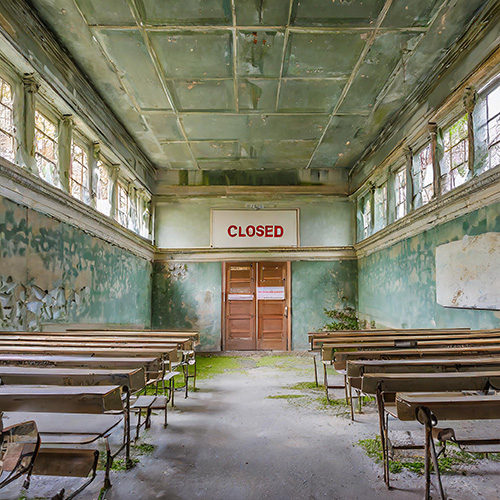The Value of California's Alcohol Tax Is the Value of Its Students
 Students of the California State University (CSU) system keep finding themselves pieces in Sacramento’s bleak budgetary chess. Last year, the legislature passed AB 840, which closed revenue holes by handing Big Alcohol carte blanche to market directly to underage undergraduates. To follow that up, California Governor Gavin Newsom clawed back $499 million from the system to balance the 2024 budget.
Students of the California State University (CSU) system keep finding themselves pieces in Sacramento’s bleak budgetary chess. Last year, the legislature passed AB 840, which closed revenue holes by handing Big Alcohol carte blanche to market directly to underage undergraduates. To follow that up, California Governor Gavin Newsom clawed back $499 million from the system to balance the 2024 budget.
The solution for both—one that neither kicks needed funding down the road, nor increases risks of academic failure and physical harm to students—comes from a simple, popular, yet apparently perversely unthinkable policy: ask the alcohol industry to pay the bare, fair minimum.
California’s taxes on alcohol producers are not a percentage of sales. Instead, they are set at a fixed dollar amount per quantity produced. This means that every year, it becomes cheaper and cheaper to be a producer in California, and that does not take into account federal alcohol tax cuts. Since California last established new rates in 1992, the alcohol excise tax has lost 55% of its value. In 2022, the California Department of Tax and Fee Administration reported approximately $429 million in revenue. However, had the excise tax value kept up with inflation, the expected take would have been $952 million—an additional $523 million just from normalizing the current tax rate.
That half a billion would fill the CSU budget hole, with a little change left over to fund programs and remove any ostensible need to sell student eyes to the industry. More importantly, it would modernize an alcohol tax that was last addressed during the first Bush administration.
This is more than just a pleasing symmetry. Not only are 40% of CSU students underage, but alcohol-related incidents are the leading causes of mortality for that age group. As of 2014, over 4,100 college-age young adults died annually of alcohol-related injury, including 2,614 from motor vehicle crashes. As for the other three acute causes of death, homicide and suicide are both strongly related to alcohol overconsumption, and alcohol greatly increases respiratory depression—and therefore overdose—from opioid use. On top of that, heavy and binge drinking patterns are associated with a number of negative academic consequences—and underage alcohol use can get students punished by the school itself.
There are a number of environmental interventions that can bring these numbers back down, but one of the most forthright ones are, again, alcohol taxes. By moderately raising the typical price of a drink, alcohol tax hikes affect people involved in the most dangerous drinking problems, particularly cash-strapped heavy drinkers—which perfectly describes the college students in the crosshairs of CSU’s bottle-pushing strategy.
This will not be the last time California is faced with brutal budgetary tradeoffs. Even a moderate hike in the alcohol excise tax can improve health in the short term, raise funds in the medium term, and let more compassionate heads in the legislature avoid mercenary lawmaking in the long term.
READ MORE about 2023’s AB 840
READ MORE about closing budget holes with alcohol taxes
TAKE ACTION to tell Gov. Newsom to include a cost-of-living alcohol excise tax increase in the May budget revise.